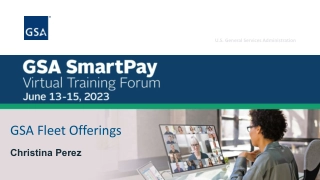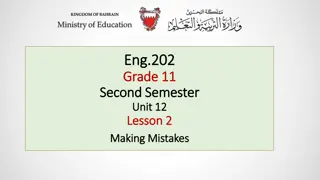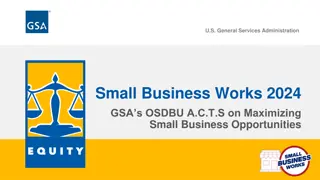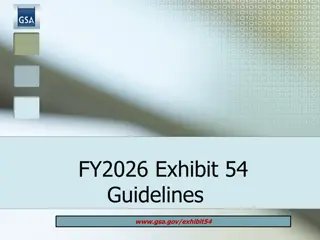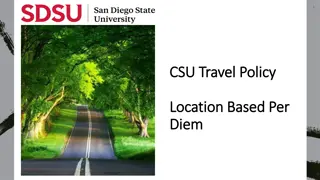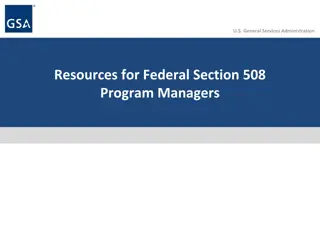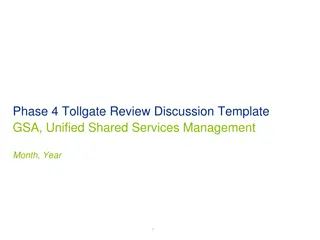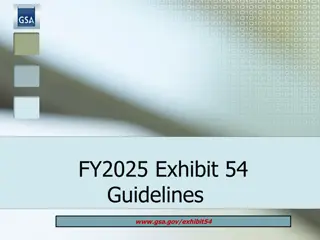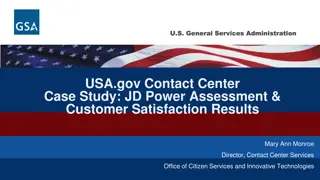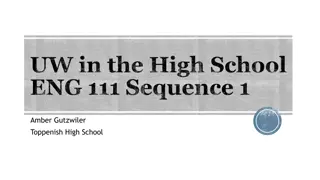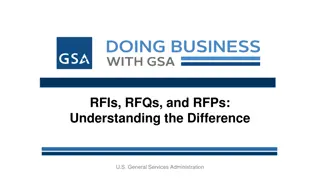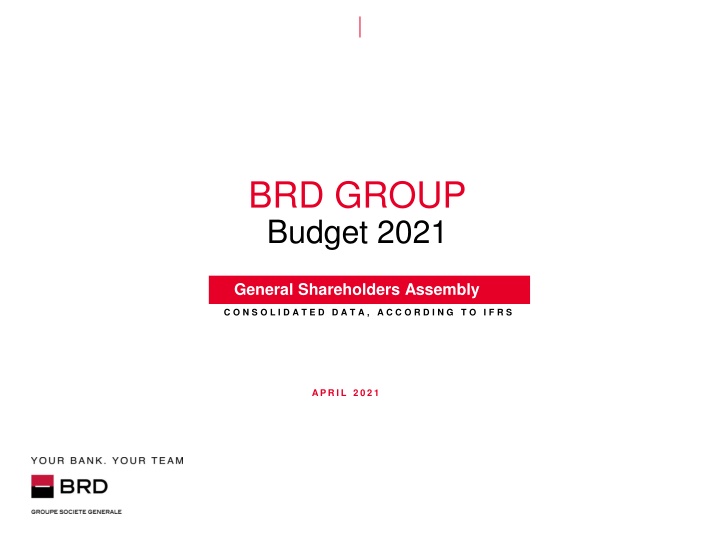
Banking and Economic Outlook for Romania in 2021
Discover the macroeconomic and banking environment in Romania for 2021, with insights on GDP contraction, NPL ratios, and strategic goals for transforming the business model towards retail ambitions.
Download Presentation

Please find below an Image/Link to download the presentation.
The content on the website is provided AS IS for your information and personal use only. It may not be sold, licensed, or shared on other websites without obtaining consent from the author. If you encounter any issues during the download, it is possible that the publisher has removed the file from their server.
You are allowed to download the files provided on this website for personal or commercial use, subject to the condition that they are used lawfully. All files are the property of their respective owners.
The content on the website is provided AS IS for your information and personal use only. It may not be sold, licensed, or shared on other websites without obtaining consent from the author.
E N D
Presentation Transcript
BRD GROUP Budget 2021 General Shareholders Assembly C O N S O L I D A T E D D A T A , A C C O R D I N G T O I F R S APRIL 2021
MACROECONOMIC AND BANKING ENVIRONMENT Economic Environment Covid-19 crisis abruptly ended a 9 year expansionary cycle. Though initially expected to land around -6% in the crisis context, Romania s GDP contracted by 3.9% in 2020. Going forward, the economic rebound will depend massively on the course of the pandemic and the execution of the relaunch policies adopted by the authorities. EU funds represent a potential catalyst for the economic recovery. Romania was allocated EUR 80 bn for the period 2021- 2027. For 2021, the pace of economic growth will be contingent upon a gradual normalization of the pandemic situation on success of vaccination campaigns, a revival of economic activity abroad and improved outlook for domestic demand. To support the economy in the context of unfolding COVID 19 epidemic, the central bank reduced the monetary policy rate four times since March 2020 by 125 bps in total, to 1.25%. But interbank rates are currently on the upside, driven by inflation increase in the beginning of 2021. Banking Environment NPL ratio reached 3.8% at 2020 end, vs 4.1% at 2019 end. The NPL ratio can potentially increase, once crisis impacts on sensitive sectors will fully materialize and supporting measures will be lifted. But NPL coverage ratio is comfortable, reaching 63.3% at 2020 end (60.8% at 2019 end), well above the EU average of 45.5%. The banking system benefits from strong liquidity and capitalization. Standing at 66% at 2020 end, the loan-to-deposit ratio leaves significant room for credit growth. With a total capital ratio of 23.2% at 2020 end, the Romanian banking sector is well capitalized. Looking ahead, the main challenges for the banking sector are related to the course of the pandemic that generated abrupt adjustment of economic growth perspectives and its consequences on the solvency of impacted economic agents. Growing credit volume is expected in 2021 on both retail and corporate segments, in a context of economic rebound. | P.2 P.2
TRANSFORMING OUR BUSINESS MODEL | RETAIL MEDIUM AND LONG TERM AMBITIONS STRATEGIC GOALS More sophisticated segmentation, based on behavioral criteria Personalized omnichannel journeys, communication and offer -covering both bank and insurance products- using advanced data analytics Segment driven governance model Personalized value proposition based on behavioral segmentation Focus branches on value added services and advisory Differentiate through the quality and expertize of relationship managers Develop 24/7 self service areas Continue the transformation of the network of branches Pragmatically reduce their number Enlarge average size Introduce new branch formats adapted to new sales and service model and powering collaborative approach Focus branches on value added services, while shifting transactions to mobile app or self service machines Fully renew mobile and web applications, and continuously expand functionalities Build digital sales capabilities, first fully digitalizing customer onboarding and consumer lending Develop a complete set of digital engagement capabilities, ensuring that clients are performing the vast majority of transactions via mobile apps Build digital platform providing a complete range of functionalities and sales capabilities Engage clients via different channels in synchronized experience, ensuring a consistent communication Build seamless omnichannel client journeys around key moments supported by personalized integrated content Build sales and transactional capabilities in Contact Center and expand the range of products and services offered via phone Truly omnichannel journeys across all channels, supported by personalized content | P.3
TRANSFORMING OUR BUSINESS MODEL | CORPORATE STRATEGIC GOALS AMBITIONS Enhance process efficiency through automation and digitalization: credit granting workflow optimization as a priority process optimization and automation to reduce time to yes and make efficiency gains Process efficiency enhancement Increase loan origination based on: refined sectorial approach for an in-depth understanding of clients business and risk profiles streamlined, simplified and industrialized process for SMEs. Growth of loan origination volumes creation of a specialized structure development of the necessary expertise conclusion of first significant transactions Development of Sustainable Positive Impact Financing Especially synergies with: Retail, local subsidiaries, and SG Group business lines Capital market department capabilities GTB activities Further leverage on synergies | P.4
2021 BUDGET - KEY INDICATORS Deposits | RON bn Net loans| RON bn y/y* y/y* y/y* y/y* 57.0 49.2 -3.2% 50.0 +8.0% 55.0 45.9 53.0 32.1 51.0 +3.2% 35. 0 30.7 31.4 -2.8% 49.0 33. 0 47.0 45.0 31. 0 43.0 16.4 -5.9% +4.7% 15.6 29. 0 41.0 10.0 9.0 39.0 Corporate +13.3% -4.8% 8.7 27. 0 15.6 37.0 25. 0 35.0 Corporate 33.0 23. 0 31.0 21. 0 29.0 27.0 19. 0 25.0 17. 0 23.0 21.0 15. 0 -1.8% +9.7% 19.0 Retail -0.9% -1.9% 13. 0 33.6 33.6 17.0 Retail 22.4 22.1 22.0 30.4 15.0 11. 0 13.0 9. 0 11.0 9.0 7. 0 7.0 5. 0 5.0 3.0 3. 0 1.0 1. 0 A 2019 A 2020 B 2021 A 2019 A 2020 B 2021 Net loans to customers expected to restart growth in 2021. Retail loans outstanding expected to remain flat despite the rebound in production. Significant advance of corporate financing, building on a strong push on TCC, but also SME financing, thanks notably to IMM Invest program. Deposit base expected to slightly decrease in 2021 considering : - a push on diversification, enabling our clients to chose the saving solutions fitting the best their objectives - a fading propensity to save, as the spending behavior will regain pace, once the economic activity is recovering Overall loan to deposit ratio to increase by 4 ppts in 2021, from 61% at 2020 end to 65% at 2021 end. * Variation at constant exchange rate | P.5
PROFITABILITY EVOLUTION Net banking income Net interest income is expected to benefit from higher lending volume (EOP net outstanding amount of loans growth budgeted at +3.2%) and positive structure effects, while interest rate decrease will have a negative impact. Fee and commission income to be driven by opposite forces: price pressure, with regulatory and competitive constraints negatively impacting daily and transactional banking revenues growing volume of transactions development of new growth drivers (insurance, asset management) Operating expenses significant influence of constrained expenditures - continued pressures on salary costs - sanitary costs - mechanical impact of exchange rate depreciation assumption necessity to increase IT investments in order to accelerate bank s transformation But costs to be kept under strict control overall, thanks to structural optimizations (automation, continuation of network resizing, productivity gains in back office) Cost of Risk 2020 Cost of Risk was significantly influenced by forward looking component of IFRS 9 with increasing level of provisions on sound portfolios. In 2021, we might see an increase of NPLs (after end of moratorium), but also an improvement in forward looking component. | P.6
2021 BUDGET - PROFITABILITY Evolution 20/19 Perspectives for 2021 A 2019 A 2020 RON m NBI flattish in 2021 Net interest income influenced by negative interest rate and positive volume effects NET BANKING INCOME 3,270 3,088 -5.5% OPERATING EXPENSES (1,677) (1,588) -5.3% OPEX under strict control FINANCIAL RESULTS GROSS OPERATING INCOME 1,593 1,500 -5.8% NET COST OF RISK 204 (353) -273.2% NCR ~100 bps NET RESULT 1,499 963 -35.8% +0.1 pts COST/INCOME RATIO 51.3% 51.4% RATIOS ROE around 10% minimized by overcapitalization situation in 2021 -8.6 pts ROE 19.1% 10.5% | P.7

